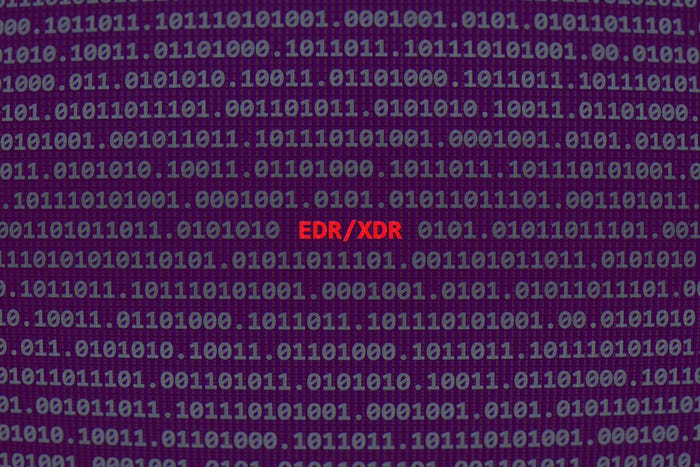Cyber Threats: Information vs. Intelligence
Cyber threat intelligence or CTI is touted to be the next big thing in InfoSec. But does it narrow the security problem or compound it?

sensors. Multitudes of open-source and commercial data feeds dump bad IP addresses and other unevaluated indicators into your environment via machine-to-machine consumption leaving security teams to sort it all out. Even feeds delivering indicators with reputation scores are barely information that will leave security personnel wondering if a "71" is really bad, or the difference in risk between a "99" and a "94."
Cyber threat intelligence needs to include much more than raw data and information. It requires rich contextual knowledge that can only be created with the application of analysis, or it’s not really intelligence. Contextual knowledge includes an understanding the past, present, and future methodologies of a wide variety of adversaries. It incorporates the contextual linkage between technical indicators, infrastructures, tactics, techniques and procedures (TTPs), campaigns, and the motivation and intent of adversaries who are employing them and information about who is being targeted.
Cyber threat intelligence starts with solid data and information gathered through collection, research, and identification of real threats from ongoing monitoring of malicious groups and actors from within the global threat ecosystem. Without contextual analysis, there is no support for the decision making process pointed to by both the FBI and Gartner as the core value of intelligence. Human analysis empowered by and infused into technology automation enables the creation of timely and accurate intelligence. Intelligence that is specific, vetted, and also rich in context and actionable can inform real severity of alerts, can help on incident response, can improve decisions on how to prioritize and respond to an existing or emerging threats, and can even inform the development of a security strategy to proactively invest in control that address real threats to your organization.
So as you approach the adoption of cyber threat intelligence, consider three things:
1. Capturing more event data and fusing it with mountains of raw data and feed information will necessitate a dedicated team of analysts to sort through it;
2. If you plan to conduct intelligence analysis in-house, you’ll want to look for partners who have the human skills -- including global cultural knowledge and presence to extend your reach;
3. If you are not planning on hiring a dedicated intelligence team, be sure to look for partners that provide real intelligence.
In the end, more data and information will only overstress technologies, exacerbate false positive alerts, create even more work for people who are probably already overloaded, and create a dilemma about what security teams should prioritize. Clearly, providing a dump of raw data into an already strained organization doesn’t help to narrow the security problem -- it actually compounds it.
About the Author(s)
You May Also Like
Beyond Spam Filters and Firewalls: Preventing Business Email Compromises in the Modern Enterprise
April 30, 2024Key Findings from the State of AppSec Report 2024
May 7, 2024Is AI Identifying Threats to Your Network?
May 14, 2024Where and Why Threat Intelligence Makes Sense for Your Enterprise Security Strategy
May 15, 2024Safeguarding Political Campaigns: Defending Against Mass Phishing Attacks
May 16, 2024
Black Hat USA - August 3-8 - Learn More
August 3, 2024Cybersecurity's Hottest New Technologies: What You Need To Know
March 21, 2024




